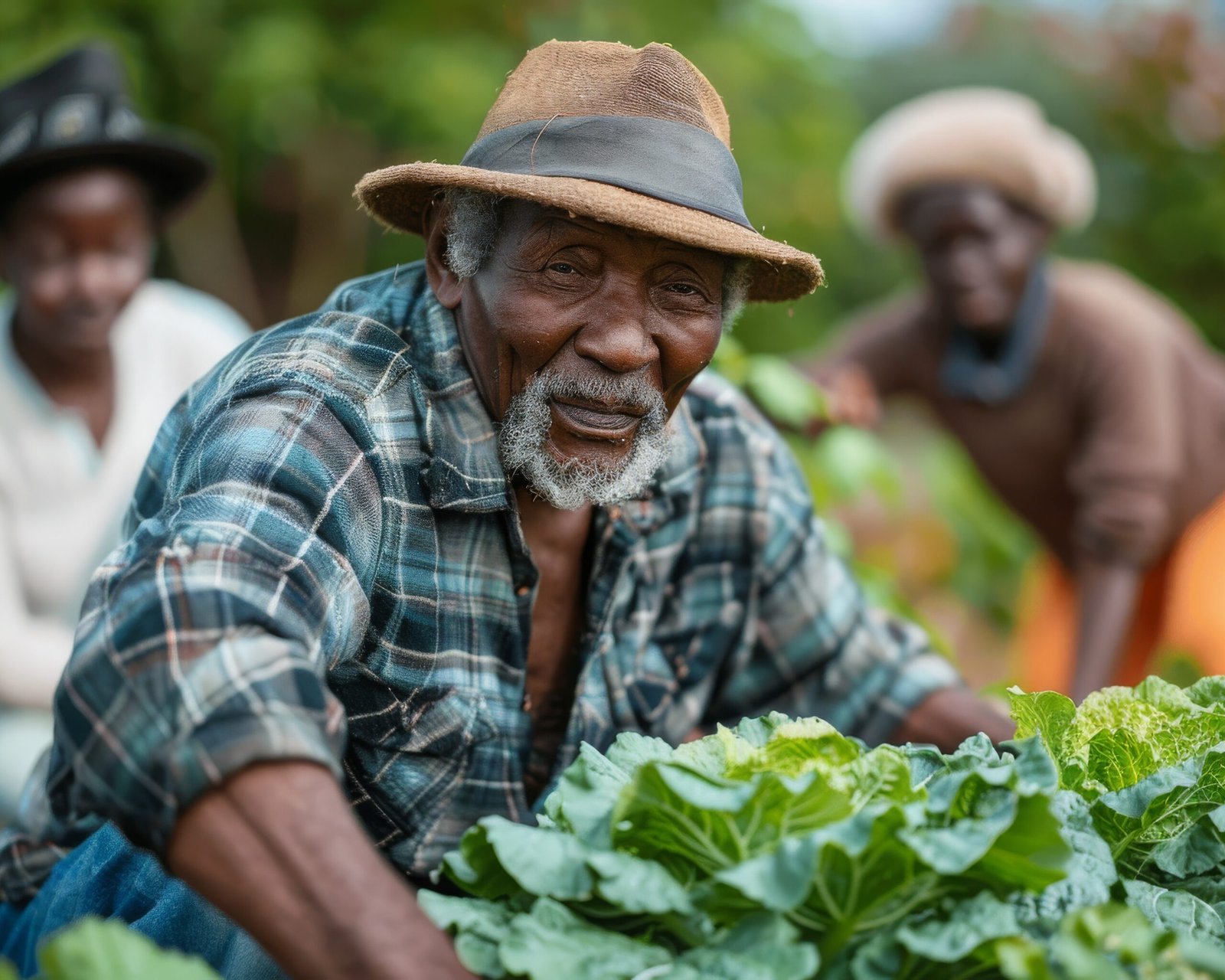In Nigeria, smallholder farmers play a crucial role in the agricultural sector, contributing significantly to food production and rural development. However, one of the key obstacles they face is the difficulty of building and growing effective associations. Despite the potential benefits of collective efforts, such as improved access to resources, better market opportunities, and shared knowledge, smallholder farmers often struggle to form cohesive, sustainable groups.
1. Lack of Trust and Collaboration
One of the biggest challenges to building associations among smallholder farmers in Nigeria is the lack of trust. Many farmers operate in isolation, often viewing their peers as competitors rather than potential collaborators. This mentality can be rooted in years of competition for limited resources, land, and market access. Overcoming this mistrust requires fostering a sense of shared purpose and benefits, which can take time and effort.
2. Limited Awareness and Education
Many smallholder farmers in Nigeria are not fully aware of the advantages of forming associations. The concept of working together for mutual benefit might be unfamiliar or undervalued, especially in rural areas. Without adequate education and awareness campaigns about the long-term benefits of collaboration, farmers may not see the value in coming together to form a formal association.
3. Cultural and Social Barriers
Cultural norms and social structures can also create barriers to the formation of associations. In some communities, family ties and tribal affiliations may take precedence over collective action, making it difficult for farmers from different backgrounds to work together. Additionally, gender roles often limit the involvement of women in agricultural decision-making, further complicating the formation of inclusive associations.
4. Inadequate Access to Resources
Forming and maintaining a successful farmers’ association requires financial and logistical support. Smallholder farmers often lack the resources to manage such initiatives, from registering the association to setting up basic infrastructure. Without access to funding, training, and tools, these efforts can quickly fizzle out. External support from governments, NGOs, or private sector partners is often needed to help overcome these financial challenges.
5. Fragmented Land Ownership
In Nigeria, land ownership is often fragmented, with smallholders working on limited plots of land. This makes it difficult to implement large-scale, collaborative agricultural projects or share resources effectively. Farmers who work on small, scattered plots may find it challenging to come together for joint ventures, making the idea of an association less practical.
6. Political and Policy Challenges
The Nigerian agricultural sector is influenced by numerous political and policy challenges. In some cases, government policies may not adequately support smallholder farmers or provide incentives for association-building. Bureaucratic hurdles, lack of infrastructure, and weak enforcement of agricultural policies further hinder the development of farmer associations.
7. Poor Infrastructure
In rural Nigeria, poor infrastructure is a significant barrier to farmers’ ability to connect, communicate, and collaborate. Poor road networks, unreliable electricity, and limited internet access make it difficult for farmers to stay informed and work together. These infrastructural challenges further isolate smallholders and reduce their chances of forming strong, sustainable associations.
Conclusion
Building and growing associations among smallholder farmers in Nigeria is a complex task, hindered by various cultural, social, economic, and infrastructural challenges. However, with targeted interventions, increased awareness, access to resources, and government support, there is potential for smallholder farmers to form strong, impactful associations that can drive agricultural growth, improve livelihoods, and contribute to food security in the country. The journey may be difficult, but with persistence and collaboration, these barriers can be overcome.


